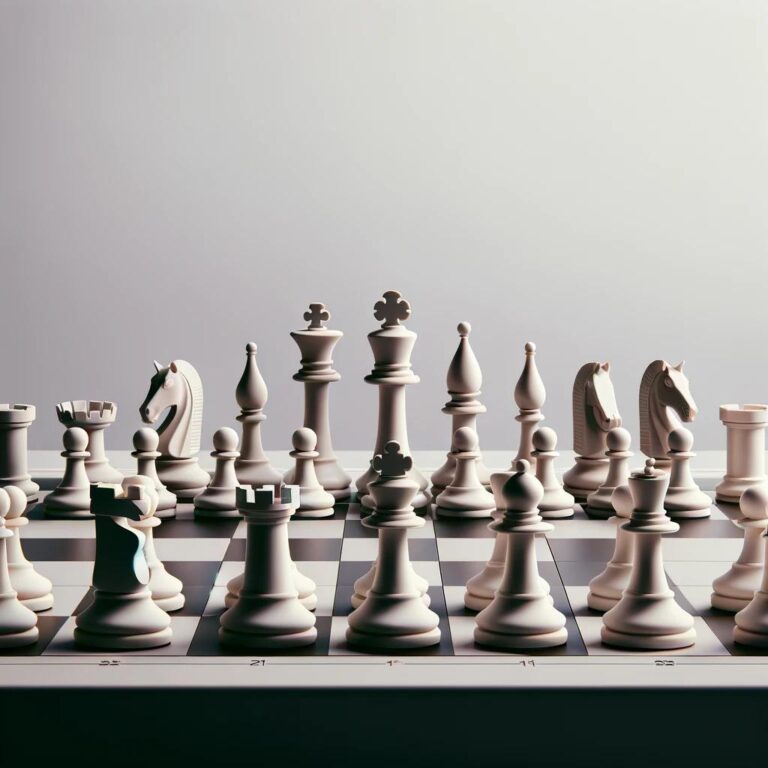Chess is a game that requires strategic thinking, careful planning, and precise execution. To become a strong chess player, one must continuously hone their skills and improve their understanding of the game. This is where a personalized chess training plan comes in. A personalized training plan takes into account your strengths, weaknesses, and goals to create a structured approach to improving your chess game. In this guide, we will discuss the important elements of a personalized chess training plan and how to create one that works for you.
Assess Your Current Skills
The first step in developing a personalized chess training plan is to assess your current skills. This involves knowing your rating, strengths, and weaknesses. Your rating can be determined by playing in tournaments or by using online resources such as chess.com. It is important to have an accurate understanding of your rating as it will help you determine your starting point and track your progress.
Knowing your strengths and weaknesses in chess is crucial to developing a training plan. Are you good at tactical puzzles but struggle with endgames? Do you have a strong understanding of openings but need to improve your positional play? Identifying these areas will help you focus on what to work on and how to structure your training plan.
Set Realistic Goals
Once you have assessed your current skills, the next step is to set realistic goals. These goals should be specific, measurable, achievable, and time-bound. For example, your goal could be to improve your rating by 100 points in six months or to win a local chess tournament within a year. Setting realistic goals will motivate you to stay on track and measure your progress.
It is important to note that while setting challenging goals is beneficial, it is equally important to have attainable goals. Overly ambitious goals can lead to frustration and demotivation if they are not achieved. Break down your goals into smaller milestones that you can achieve along the way to keep yourself motivated.
Create a Training Schedule
Once you have your goals in place, it is time to create a training schedule. Consistency is key in chess training, so it is important to have a regular schedule that you can stick to. Determine how many hours per week you can dedicate to chess training and divide it into different areas. For example, you can allocate two hours each week for studying openings, two hours for working on tactics, and one hour for endgame practice.
It is also important to have a variety in your training schedule. While it is important to focus on your weaknesses, it is equally important to maintain and improve your strengths. Make sure to include a mix of tactics, endgame practice, and game analysis in your training schedule to cover all aspects of the game.
Track Your Progress and Adjust Your Plan
As you progress with your training plan, it is important to track your progress and make adjustments as needed. Keep a record of your games, tournament results, and any other improvements you notice. This will help you analyze your progress and identify areas that need more attention. If you achieve your goals sooner than expected, set new ones and adjust your training plan accordingly.
It is also beneficial to seek feedback from a stronger player or a chess coach. They can provide valuable insights and help you identify areas for improvement that you may not have noticed on your own.
Conclusion
Creating a personalized chess training plan is essential for players who want to maximize their potential and focus on areas that need improvement. A tailored approach allows you to concentrate on specific weaknesses, whether it’s opening strategies, midgame tactics, or endgame techniques. By developing a plan that fits your unique needs and goals, you can ensure steady progress and avoid the pitfalls of generic training methods. For guidance on crafting an effective plan, you can explore how to design a chess study plan that truly works for you.
Incorporating the right tools into your training regimen is also crucial for success. Utilizing chess engines and other technological resources can provide deep analysis and help you practice against highly challenging opponents. This can be particularly beneficial when preparing for competitive play, as it allows you to simulate tournament conditions and refine your strategies. To enhance your training further, consider reading about how to integrate chess engines into your study routine.
A personalized chess training plan can greatly improve your game and help you achieve your goals. Remember to assess your current skills, set realistic goals, create a training schedule, and track your progress along the way. With dedication and consistent training, you can reach new heights in your chess journey.


